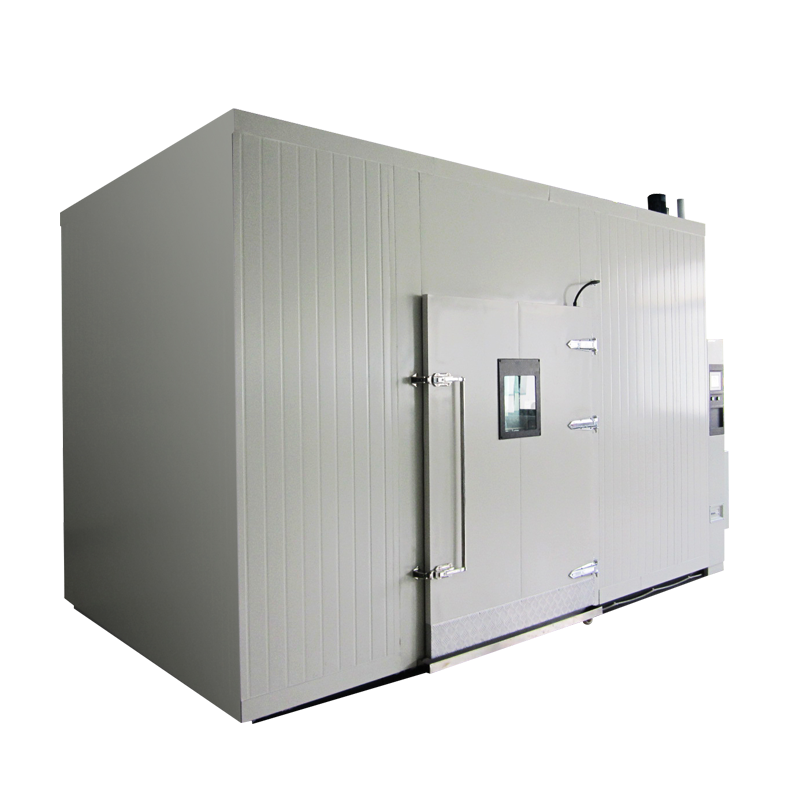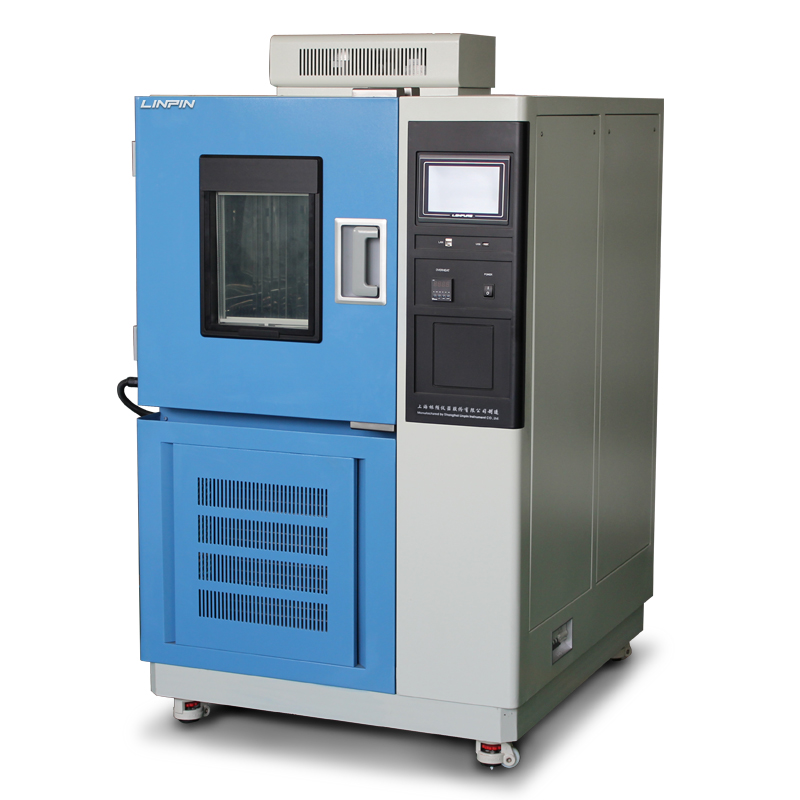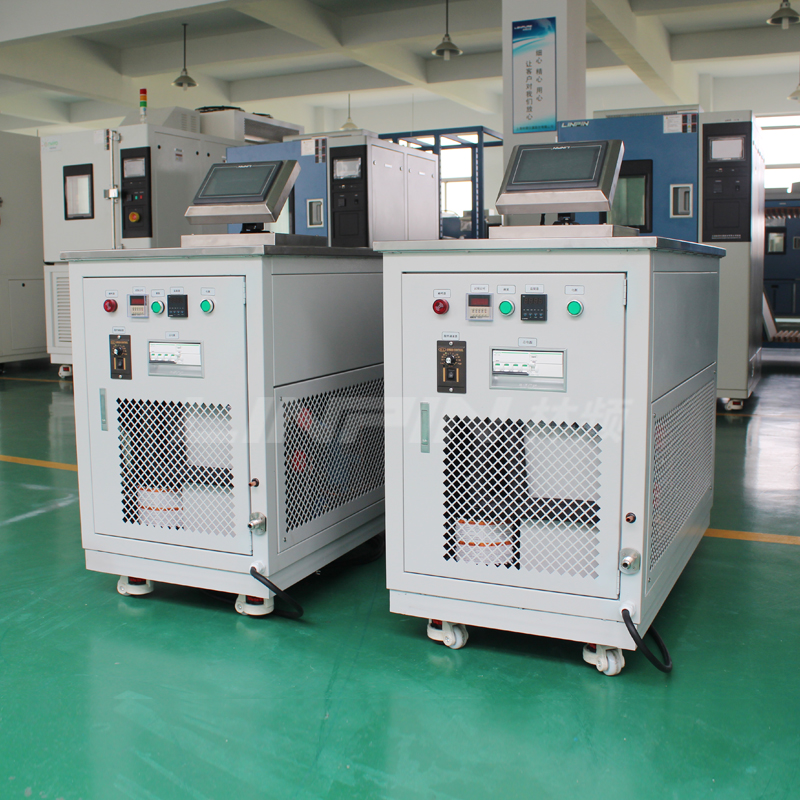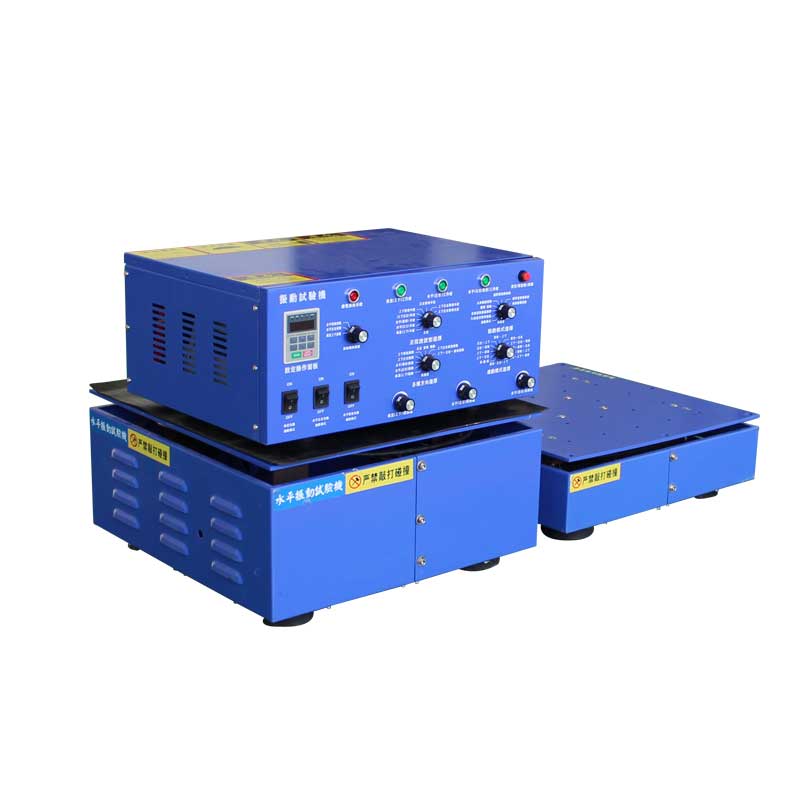Part 2: Salt Spray, Cyclic (Sodium Chloride Solution) Test – GB/T 2423.18-2012
Author:LINPIN Update Time:2025-08-02 Source:LINPIN1. Purpose and Scope
The purpose of this test is to evaluate the corrosion resistance of products by simulating salt spray and cyclic damp heat conditions in a marine environment. It is applicable for assessing the salt spray and cyclic damp heat resistance of various materials and products.
2. Test Method
2.1 Test Equipment
The cyclic salt spray test equipment mainly consists of three components: a heater, a salt spray generator, and a test chamber.
- Heater: Provides stable heating conditions to maintain a constant temperature inside the test chamber.
- Salt spray generator: Mixes sodium chloride (NaCl) with water to form a salt mist, which is evenly sprayed into the test chamber via nozzles.
- Test chamber: Houses the test specimens and provides the alternating salt spray and damp heat environment. The chamber must have temperature and humidity control functions to ensure stable test conditions.
2.2 Test Procedure
Prepare and install the test specimens as required and place them in the test chamber. Activate the heater and salt spray generator, setting the specified temperature and humidity parameters. Spray salt mist into the chamber for a designated duration, then stop the spray and adjust the chamber to high-humidity conditions. Repeat the salt spray cycle multiple times until the test concludes.
2.3 Test Evaluation
After the test, remove the specimens and conduct visual inspections and performance tests.
- Visual inspection: Checks for corrosion, oxidation, discoloration, peeling, or other surface defects.
- Performance testing: Measures weight loss, fracture strength, hardness, and other indicators to assess corrosion resistance.
3. Precautions
3.1 Pre-Test Preparation
Inspect the test equipment and specimens to ensure smooth test execution.
3.2 Test Monitoring
Maintain precise control over temperature and humidity in the heater, salt spray generator, and test chamber to ensure stable conditions.
3.3 Post-Test Handling
Properly dispose of test equipment and specimens to prevent salt mist from harming the environment or human health.
4. Reporting Requirements
The test report should include:
4.1 Purpose and Scope
A clear description of the test objectives and applicability.
4.2 Equipment and Methodology
Detailed explanations of the test setup and procedures.
4.3 Specimen Preparation and Test Conditions
Records of specimen preparation and testing parameters.
4.4 Results and Analysis
Collected data, charts, and analysis from visual inspections and performance tests.
4.5 Conclusions and Recommendations
Evaluations and suggestions based on test results to guide product improvement and quality control.





